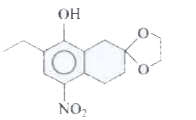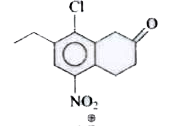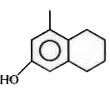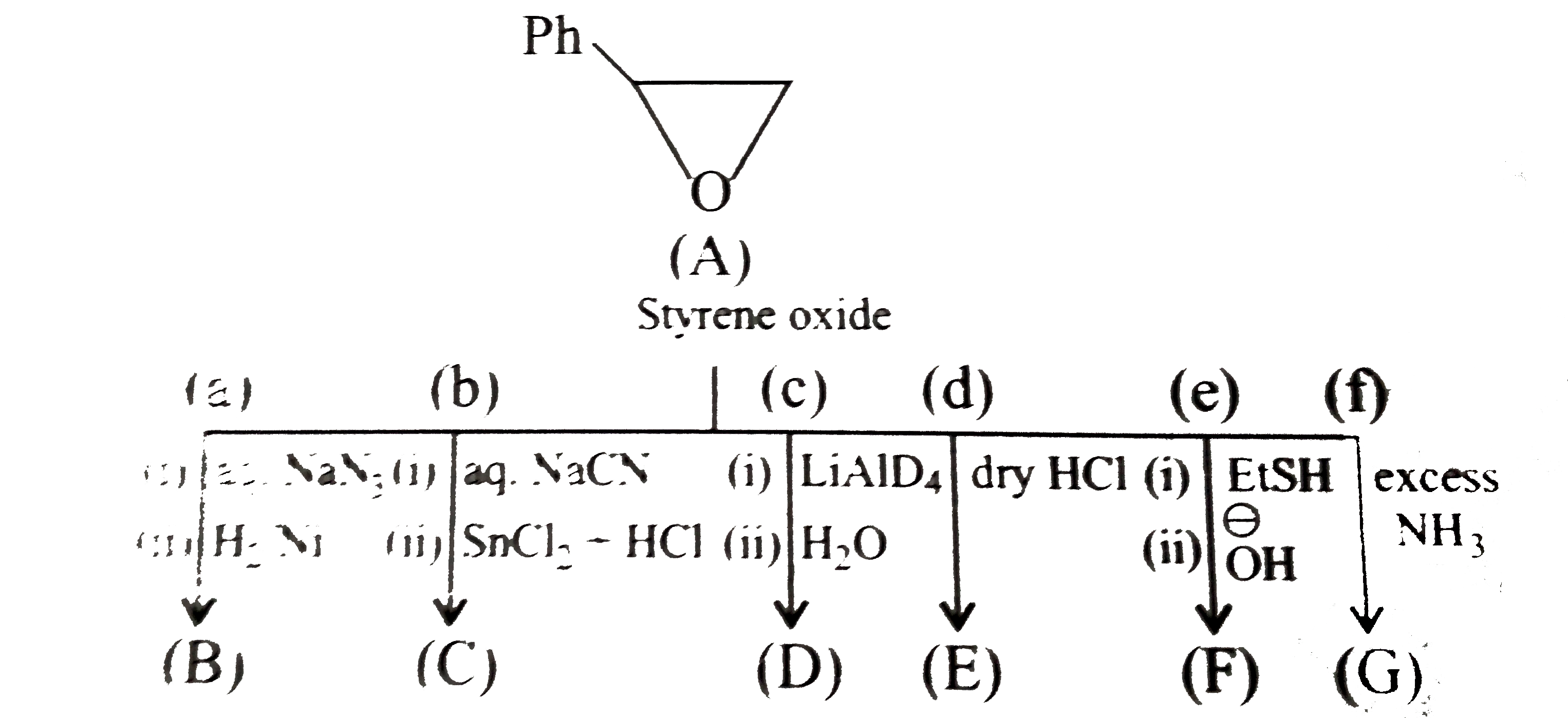Predict the product of reaction of
(i) formaldehyde with ammonia.
To predict the product of the reaction between formaldehyde and ammonia, follow these steps:
Step 1: Identify the Reactants
The reactants in this reaction are:
- Formaldehyde (HCHO)
- Ammonia (NH3)
Step 2: Understand the Reaction Type
This reaction is a condensation reaction where formaldehyde reacts with ammonia to form a polyamine. In this case, we will be forming hexamethylene tetraamine.
Step 3: Determine the Stoichiometry
According to the information provided, the stoichiometry of the reaction involves:
- 6 moles of formaldehyde (HCHO)
- 4 moles of ammonia (NH3)
Step 4: Write the Reaction Equation
The reaction can be represented as:
6HCHO+4NH3→C6H18N4+5H2O
Step 5: Identify the Product
The product formed from this reaction is hexamethylene tetraamine, which has the molecular formula:
C6H18N4
Step 6: Structure of the Product
The structure of hexamethylene tetraamine can be visualized as:
- A central nitrogen atom bonded to four CH2 groups, with each CH2 group further connected to another nitrogen atom. This creates a chain of CH2 groups connected by nitrogen atoms.
Final Product
Thus, the final product of the reaction between formaldehyde and ammonia is hexamethylene tetraamine (C6H18N4) along with the release of 5 moles of water.
---
The reactants in this reaction are:
- Formaldehyde (HCHO)
- Ammonia (NH3)
This reaction is a condensation reaction where formaldehyde reacts with ammonia to form a polyamine. In this case, we will be forming hexamethylene tetraamine.
According to the information provided, the stoichiometry of the reaction involves:
- 6 moles of formaldehyde (HCHO)
- 4 moles of ammonia (NH3)
The reaction can be represented as:
6HCHO+4NH3→C6H18N4+5H2O
The product formed from this reaction is hexamethylene tetraamine, which has the molecular formula:
C6H18N4
The structure of hexamethylene tetraamine can be visualized as:
- A central nitrogen atom bonded to four CH2 groups, with each CH2 group further connected to another nitrogen atom. This creates a chain of CH2 groups connected by nitrogen atoms.
Thus, the final product of the reaction between formaldehyde and ammonia is hexamethylene tetraamine (C6H18N4) along with the release of 5 moles of water.
Topper's Solved these Questions
- ALDEHYDES, KETONES AND CARBOXYLIC ACIDSBOOK - ICSECHAPTER - ALDEHYDES, KETONES AND CARBOXYLIC ACIDSEXERCISE - EXERCISE (PART-I OBJECTIVE QUESTIONS)
303 Videos
- ALDEHYDES, KETONES AND CARBOXYLIC ACIDSBOOK - ICSECHAPTER - ALDEHYDES, KETONES AND CARBOXYLIC ACIDSEXERCISE - EXERCISE (PART-II DESCRIPTIVE QUESTIONS) (VERY SHORT QUESTIONS)
282 Videos
- ALCOHOLS, PHENOLS AND ETHERS BOOK - ICSECHAPTER - ALCOHOLS, PHENOLS AND ETHERS EXERCISE - ISC EXAMINATION QUESTIONS
25 Videos
- APPENDIX II ( TYPICAL CONVERSIONS)BOOK - ICSECHAPTER - APPENDIX II ( TYPICAL CONVERSIONS)EXERCISE - AROMATIC CONVERSIONS
98 Videos
Similar Questions
Knowledge Check
Predict the major product of reaction:
 A
A B
B C
C D
D
Predict the major product of the reaction.
 A
A B
B C
C D
D
 Predict the major product: A
Predict the major product: A B
B C
C D
D
Predict the product of reaction of
acetone with KMnO4.
View SolutionPredict the product of reaction of
acetone with KMnO4.
View SolutionPredict the product (C) and (D)

View SolutionPredict the product of reaction of
ozonolysis of ethylene.
View SolutionPredict the product of reaction of
ozonolysis of ethylene.
View Solution

